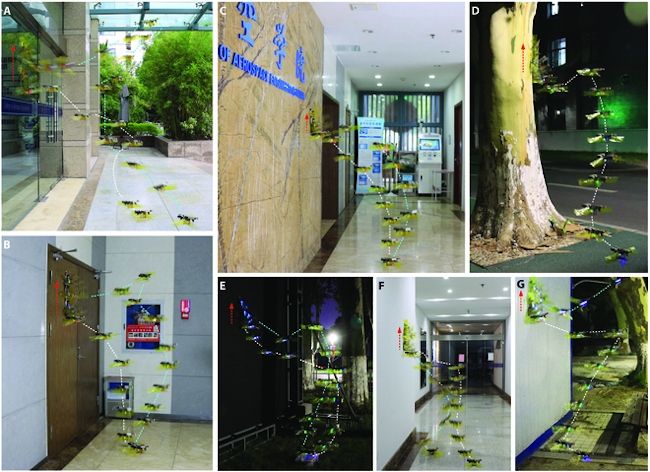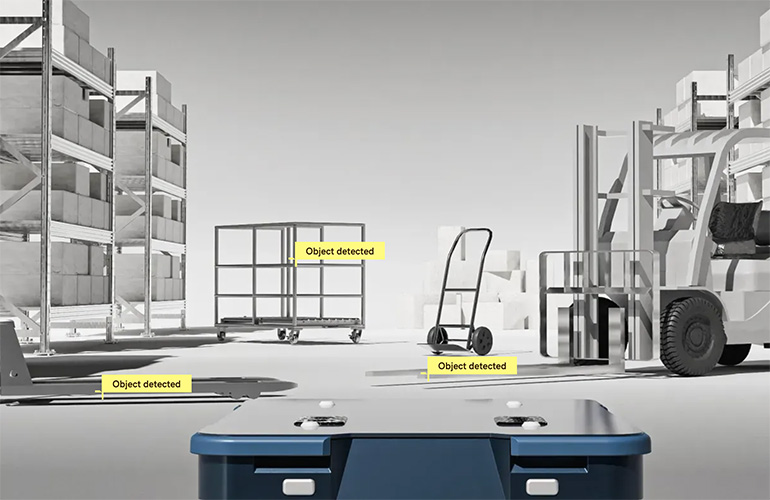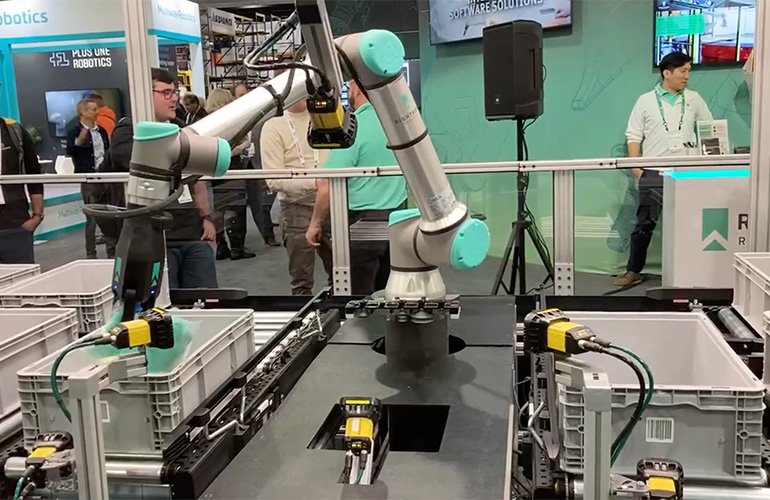Researchers have developed an innovative bioinspired robot capable of adeptly transitioning between flying and climbing. Mimicking insects' smooth movements between air and ground, the robot can perform continuous flight, landing, wall-climbing, and takeoff maneuvers. The advance showcases robots' potential for versatile locomotion by combining capabilities.
Insects smoothly switch between flying and walking, using wings, legs and sensing to coordinate complex transitions. However, most robots master either aerial or climbing locomotion, but not both. Enabling a robot to fly, land precisely, scale walls, and relaunch poses significant challenges.
As lead researcher Dr. Aihong Ji explains, multifunctional agile movement expands robots' potential applications and interactions. But conventional flapping-wing flight systems hover well but can't generate enough lift for climbing. Meanwhile climbing robots lack flight abilities. Her team at Nanjing University of Aeronautics and Astronautics pursued an integrated flying and climbing robot.
Their bioinspired design places the flight propulsion above the climbing mechanism. This enables the flapping wings to not only provide lift, but also assist climbing adhesion through directional air forces. Optimizing the transition control scheme required extensive testing to coordinate the hybrid components.
Quantitative assessments showed the robot can complete continuous flight-to-wall and wall-to-flight transitions within seconds. The quick transit times and 6 cm/s climbing speed demonstrate the effectiveness of the team's control strategies and design innovations.
Unlike insects' leg positioning, the team faced the challenge of locating the robot's flight section atop its climbing mechanism. But they leveraged this configuration so the wings provide both lift and climb-enhancing airflows. The breakthrough paves the way for smoother bio-navigation between diverse environments.
By mimicking small flying creatures' impressive locomotion range, the researchers have expanded possibilities for robot mobility and autonomy. The flying-climbing robot provides a platform to better understand insect behaviors and also enables new versatility for real-world robotics applications. Just as insects traverse air and surfaces seamlessly, adaptable robots can now achieve similar freedom of movement.


















